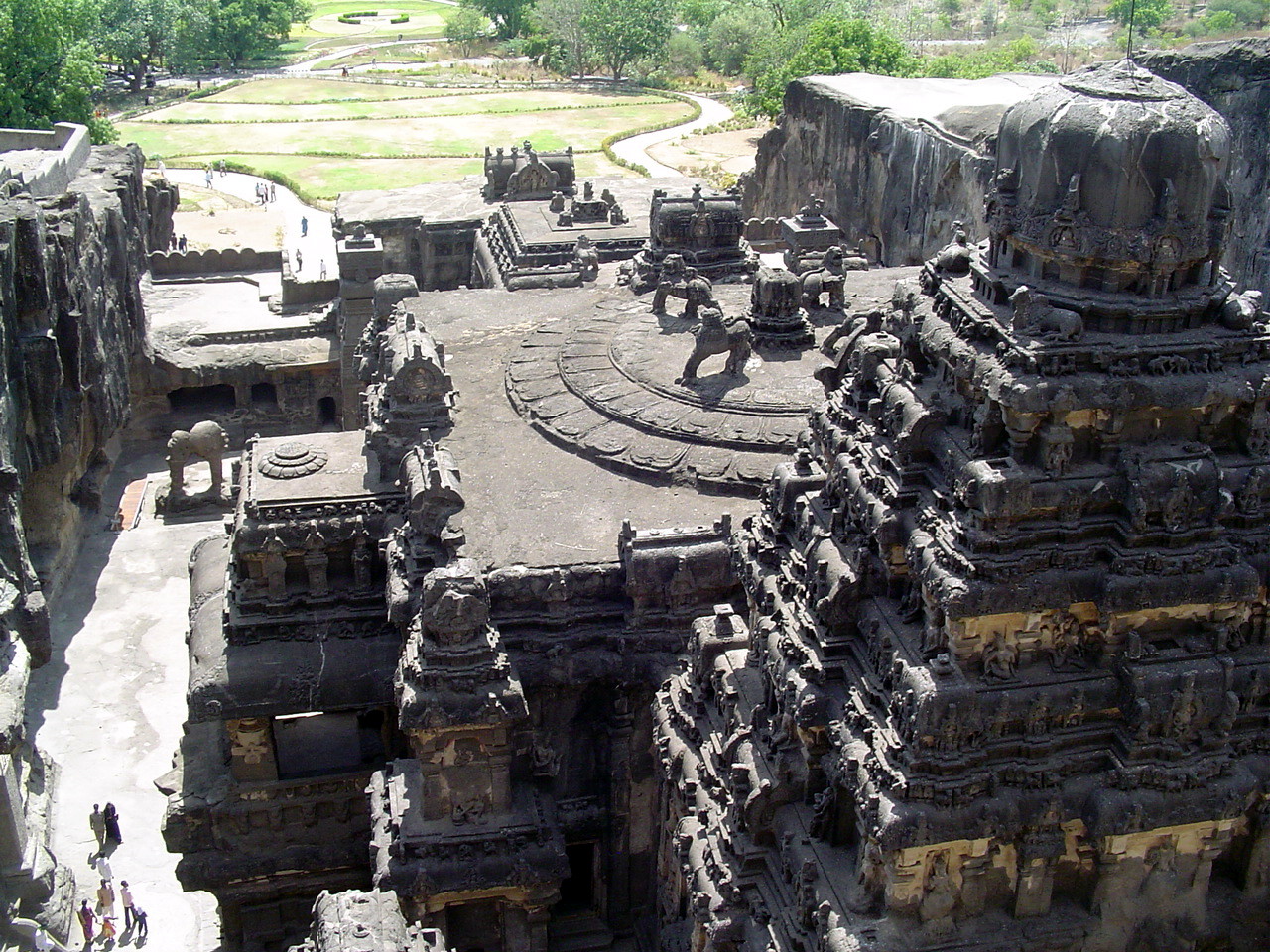I have a location in my story, the design of which needs a reality check.
City Description:
As my ship cut across the waves a blurred grey smudge appeared in the distance, as the hours passed it became more distinct and it's true scope came into view.
As we neared the end of our voyage a great cliff of jagged granite rose hundreds of feet from the relentlessly pounding sea and spread as far as the eye could see in either direction. The tops of the tallest buildings shining brightly in the moonlight peered down from atop the cliff. The face of the cliff, littered with windows glowed like the eyes of fey forest creatures and large towers ascended at intervals striped like a barber pole apparently carved from the face of the cliff.
Directly before us a giant maw opened in the cliff the top jagged like the mouth of some vicious predator. On either side of the cliff massive braziers burned brightly in the night.
There is more to the poetic description but I think that is sufficient to set the feel for the place.
City Details:
- The city is built into, and on top of, a granite cliff. The cliff rises 500' (152 Meters) from the sea below.
- The granite cliff extends perhaps a mile in either direction (this can be adjusted somewhat if it matters) and should extend at least 1500' (460 M) inland.
- In the face of the cliff is a large cavern that can accommodate large two masted sailing ships. Tugs are used to tow the ships to docks within the cave.
- Inside there are stairways and elevators (both for people and cargo) that lead up to the surface.
- Inside the rock formation I am looking for enough space for approximately 1000 residents, each should be afforded 12'x 12' (.305 x .305 M) of floor space, dwellings are not all the same size.
- Living spaces are reminiscent of Bag End from The Fellowship of the Ring, though scaled for a normal human to walk without doubling over (8' ceilings) The underground portion will also require space for cargo storage.
- Atop the rock face is a city, where important structures are built from the excavated granite and lesser structures from both stone and wood from the surrounding forest.
Points of consideration for the reality check.
- Can this much granite exist in one place, are there real world examples?
- Does the described amount of excavation seem possible or would it cause structural problems? (Faults can be set however structurally required)
- Are there examples of dwellings carved into granite in the real world for the purpose of habitation?
- Are there concerns with this setup that I have not considered?


